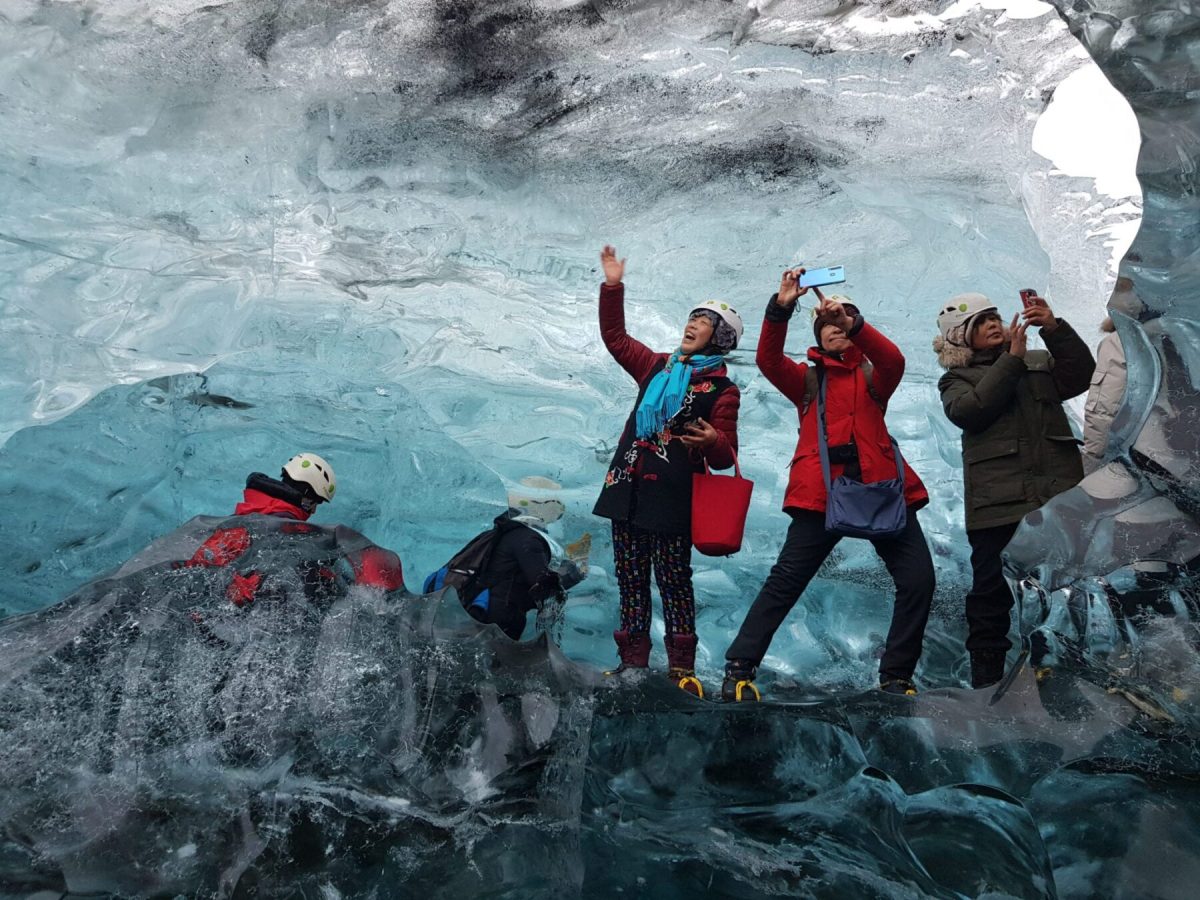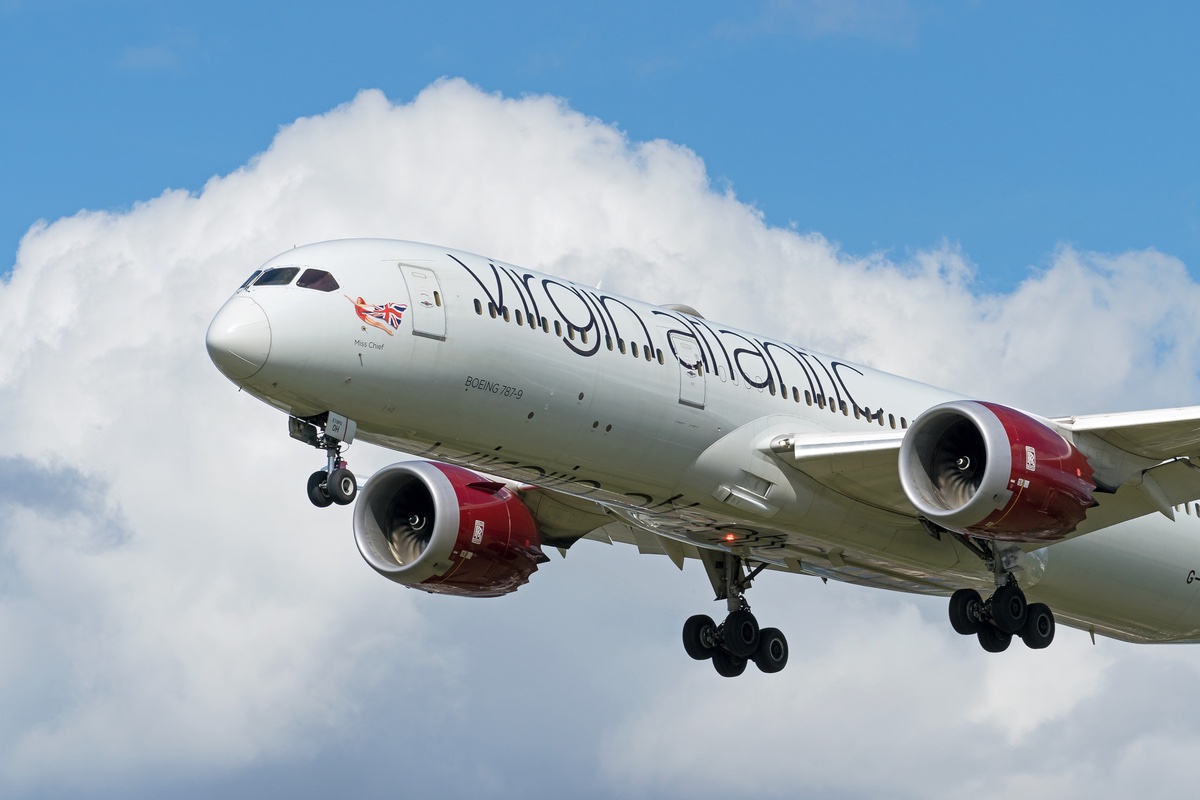New Research: How Asia's Middle Class Is Shaping Global Travel

Skift Take
This sponsored content was created in collaboration with a Skift partner.
With three of the world’s five most populous countries — India, China, and Indonesia — Asia is expected to have 3.5 billion people in its middle class by 2030, representing two-thirds of the world’s middle class.1
Given the strong connection between global incomes and travel, the Asian middle class is rapidly emerging as one of the most crucial population segments for travel brands to reach and serve. Skift Research estimates that India will become the fifth-largest outbound market by 2027. Spending $1,200 per international trip, Indians are also among the highest spenders globally, representing an enormous opportunity for travel brands.
To better understand the preferences, expectations, and habits of this powerful group of travelers, Expedia Group, in collaboration with Atomik Research, surveyed 4,000 mass-affluent travelers in China, India, Indonesia, Singapore, and Vietnam.
“Our goal with this research was simple,” said Greg Schulze, chief commercial officer at Expedia Group. “We wanted to give travel industry professionals invaluable insights into the preferences and behaviors of the fast-growing mass-affluent Asian middle class.”
Asian Travelers Prioritize Travel Spending Despite Inflationary Pressures
Despite rising inflation, mass-affluent Asian travelers are demonstrating a strong commitment to maintaining travel as a priority in their budgets. Many are countering inflationary pressures by seeking out deals, discounts, and travel packages — or, in many cases, by prioritizing travel over other discretionary expenses.
According to the survey results, these travelers are planning to allocate an average of 23 percent of their income toward travel in the next year, with 81 percent stating that travel remains a priority despite economic challenges.
Notably, 39 percent of respondents indicated they would prioritize travel spending over purchasing a new car or upgrading electronics, while 32 percent would choose travel over dining out. This trend underscores a strong desire among Asian travelers to preserve travel experiences as essential, even as they adjust other lifestyle expenses. For travel brands, this dedication presents an opportunity to craft value-driven packages that meet budget-conscious needs.
Balancing Premium Experiences with Value-Driven Options
Premium travel emerged as a prominent trend in the research, yet 75 percent of respondents also expressed an interest in finding deals or discounts.
To address this blend of preferences, travel brands can create bundled deals that offer luxury services at a reduced rate. For instance, packages that combine airline upgrades, 4- or 5-star accommodations, and exclusive excursions can fulfill these travelers' desire for premium experiences while remaining cost-effective. This approach allows brands to provide high-value, memorable trips that appeal to both their premium and budget-conscious sides.
“Brands should also promote off-peak discounts, early booking incentives, and loyalty program perks that allow travelers to access premium services without compromising on their budget-conscious approach,” Schulze said.
Insights into Emerging Travel Markets: Indonesia and Vietnam
The survey also illuminates the distinctive travel preferences of Indonesian and Vietnamese travelers, two rising markets in Asia's outbound travel landscape.
Indonesian travelers show a strong preference for private tours and all-inclusive packages, with 61 percent favoring the latter, similar to trends among Indian travelers. Conversely, Vietnamese travelers are more inclined toward shorter trips, averaging around eight days, and highly prioritize room upgrades and premium dining experiences.
Despite being relatively new to the luxury travel segment, both Indonesian and Vietnamese travelers express a strong interest in upscale accommodations and premium experiences, signaling significant potential for travel brands to cater to these unique preferences.
How Travel Brands Can Capture the Asian Middle-Class Market
To capture this growing demographic, travel brands should offer a blend of luxury and value. Catering to a growing trend toward premium travel experiences—through upgrades, room enhancements, and private tours—will help them stand out.
“However, with three-quarters of Asian travelers also seeking deals or discounts, brands will need to balance premium offerings with value-driven options like all-inclusive packages or discounted luxury experiences,” Schulze said. “We’re also seeing an uptick of interest in loyalty programs and personalized services, like multilingual staff and airport transfers to help brands differentiate their offerings and meet traveler expectations.”
Many of the Asian travelers surveyed are being drawn to international destinations farther afield, with Japan, the U.S., Canada, France, South Korea, Australia, and Germany at the top of their lists.
“On average, they plan four destinations over ten days so there’s a great opportunity here for travel brands to offer customized packages that will allow them to realize their dream, multi-destination trips,” Schulze said.
Leveraging Technology to Engage Asian Travelers in the Planning Process
Technology plays an indispensable role in the travel planning journey for Asian travelers. In fact, 72 percent of mass-affluent Asian travelers use platforms like Expedia Group to book trips, and over 80 percent have a travel app installed on their mobile devices.2 To effectively engage these travelers, brands need to strengthen their digital presence by developing user-friendly mobile apps that seamlessly integrate options for booking flights, hotels, car rentals, and other essentials.
Moreover, by utilizing AI and machine learning, brands can personalize recommendations, creating an intuitive booking experience tailored to each traveler’s preferences.
“We’re also seeing more brands leverage social media and influencer partnerships to capture travelers during the inspiration phase, encouraging them to book through their digital platforms,” Schulze said. “This multi-channel approach allows brands to connect with travelers wherever they are in their journey, from inspiration to booking.”
Adapting to New Expectations
Looking ahead, mass-affluent Asian travelers are expected to pursue increasingly personalized luxury experiences, extended trips spanning multiple destinations, and deeper cultural immersion. Eco-conscious travel and sustainability will also likely grow in importance, alongside a rising demand for experiential, tech-enhanced journeys.
“To meet evolving expectations, travel brands should focus on offering customizable packages that blend luxury with authentic experiences — keeping costs down where they can — and prioritizing loyalty programs and personalized experiences,” Schulze said.
Investment in technology will be essential, enabling brands to offer conveniences like virtual assistants and seamless digital bookings. Furthermore, loyalty programs will play a critical role in building enduring relationships with this emerging demographic by offering personalized rewards and incentives.
Through these strategies, travel brands can stay ahead of trends and deliver on the expectations of mass-affluent Asian travelers.
To learn more about Expedia Group’s research on mass affluent Asian travelers, click here.
This content was created collaboratively by Expedia Group and Skift’s branded content studio, SkiftX.
- World Economic Forum, 2020 ↩︎
- Aerial views: Keeping grounded travelers engaged through apps (Google Think Tank, 2021) ↩︎




